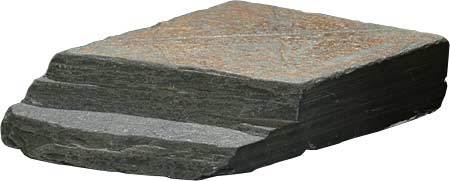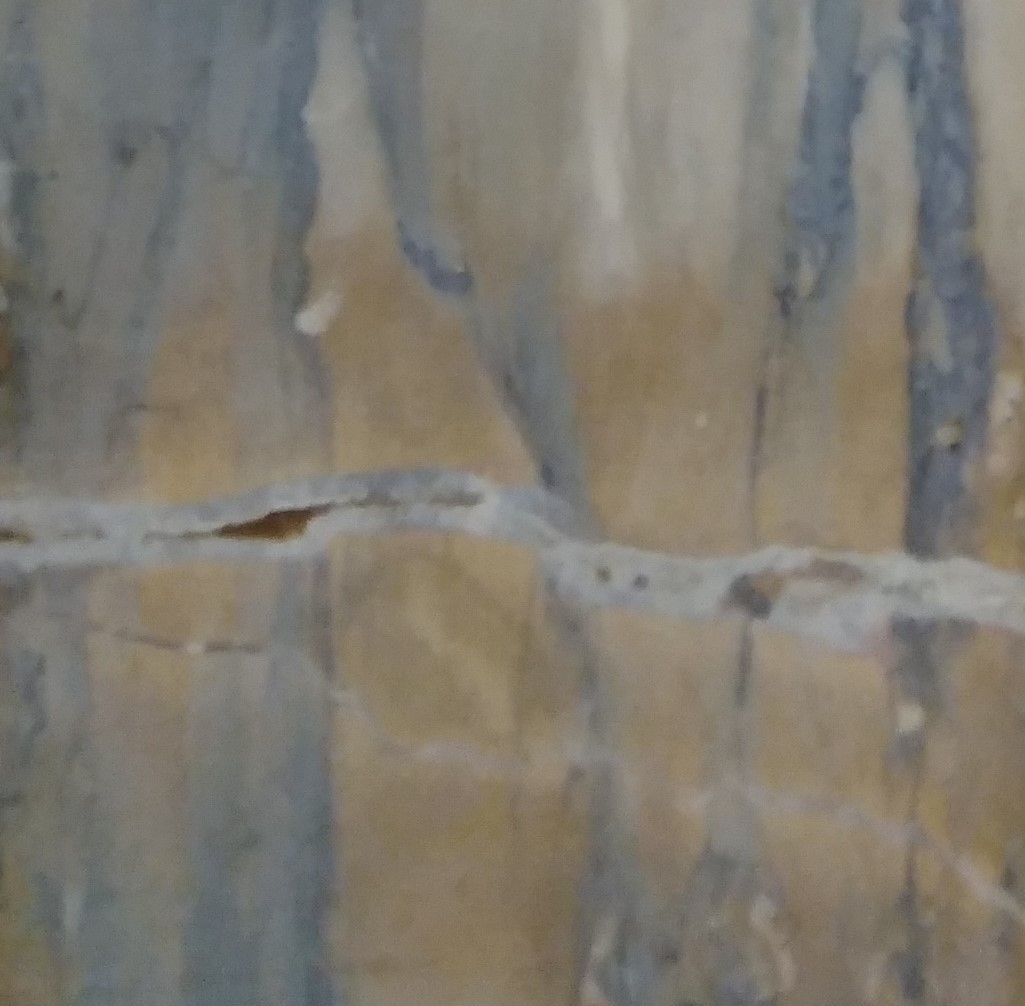Sincerely, from the latin Sine (without) and cera (wax). In the ancient world, dishonest merchants would use wax to hide defects, such as cracks, in their sculptures or pottery, so that they could sell their merchandise at a higher price. More reputable merchants would hang a sign over their items — sine cera (without wax) — to inform customers that their merchandise was genuine
So, that's the name of this EarthCache, as I'm taking you somewhere to see cracks in stone, none have wax in them! I was on a day trip to Hull, when I spotted this beautiful stone.
GPS coordinates may be out, as you're under cover at the station concourse. However, look for the lovely Art Deco Door, opposite the ticket barriers, and you are going to be looking at the stone immediately surrounding the door.
~~~~~~~~~~~~~~~~~~~~~~~~~~~~
1) Sedimentary rocks are composed of very fine grains that have been transported by wind/water, and settle, and over time, build up in a layer or layers. Pressure from above, water or other layers of sediments, make them compact. Minerals are also likely to be present, and they cement the grains together. Examples of sedimentary rocks are Sandstone, Limestone, Chalk.

Limestone

Sandstone
2) Metamorphic. If these sedimentary rocks are then subjected to heat, and further pressure, their original grains/crystals change, become harder, more solid, fuse together..We then call this type of stone, metamorphic stone. For example, sandstone becomes Quartzite, Limestone becomes Marble, clay becomes Slate

Marble

Slate
Cracks
Please now look at the cracks on these panels. Are they open cracks, or have they been filled with anything?
Do they look like they have cracked whilst undergonig the polishing/fitting process? Do they look naturally occuring? Have they got smooth edges? Have they got jagged edges? Are there visible crystals within the cracks? Is there a different colour to the stone around the crack?
Cracks in sedimenatary rocks tend to be straight, vertical or horizontal. Think sandstone layers, or Yorkshire Dales limestone. May be very rounded edges, smoothed by erosion.

Cracks in metamorphic rocks are less linear, often jagged. Can be very crisscrossed at different angles. Different sedimenatary rocks, will be metamorphosed diffrently to each other/ The different layers may move or fracture, under heat/pressure, causing cracks.

Crystals
Sedimentary rocks can have crystals. When metamorphosed, the crystals usually become larger, and metamorphic rocks are cystalline
~~~~~~~~~~~~~~~~~~~~~~~~~~~~
Please either email, or message me, answers to the following, to claim this EC:
I would like your answers to show that you've looked, and thought about, this beautiful stone/ There may be no "perfect" answer, but have a go!
1) Can you see fine grains in these stone panels or not?
2) If you can, then the stone is sedimentary. If you can't, then the stone is metmorphic. Is it sedimentary, or is it metamorphic?
3) What are the colours you can see on this stone?
4) Are the cracks filled, or open in places?
5) From your observations, and the description above, which ONE of these rocks do you think have been used here? Sandstone? Limestone? Chalk? Marble? Slate?
6)It would be good to see a picture of you or your GPS near the location, but no spoilers please!